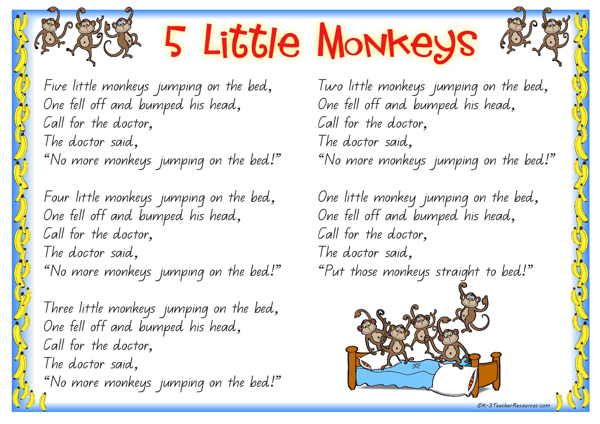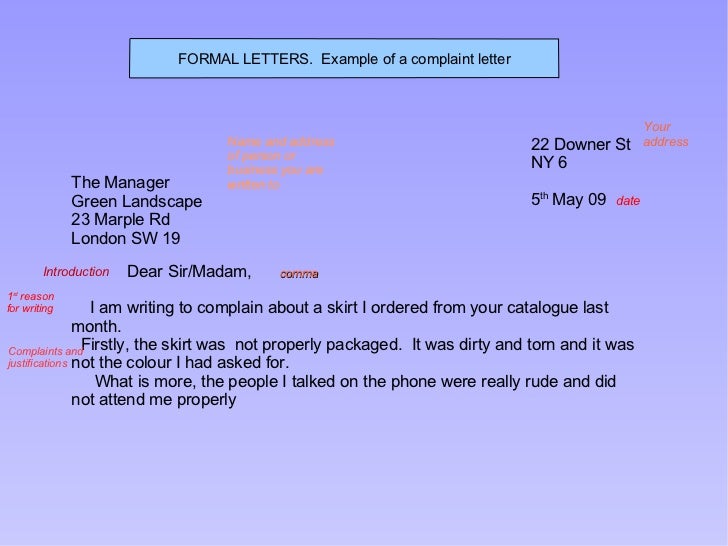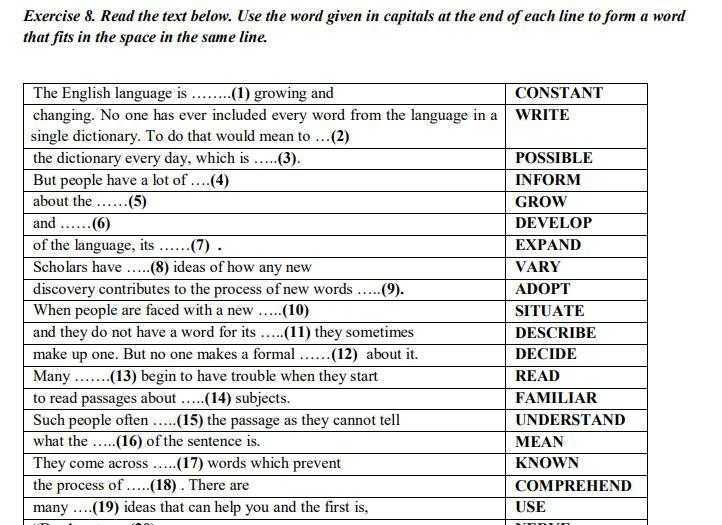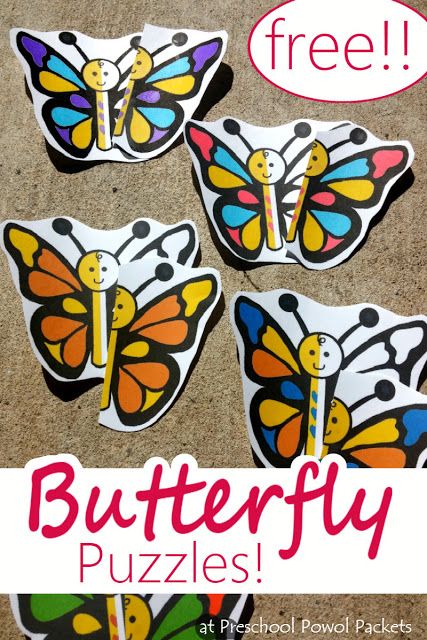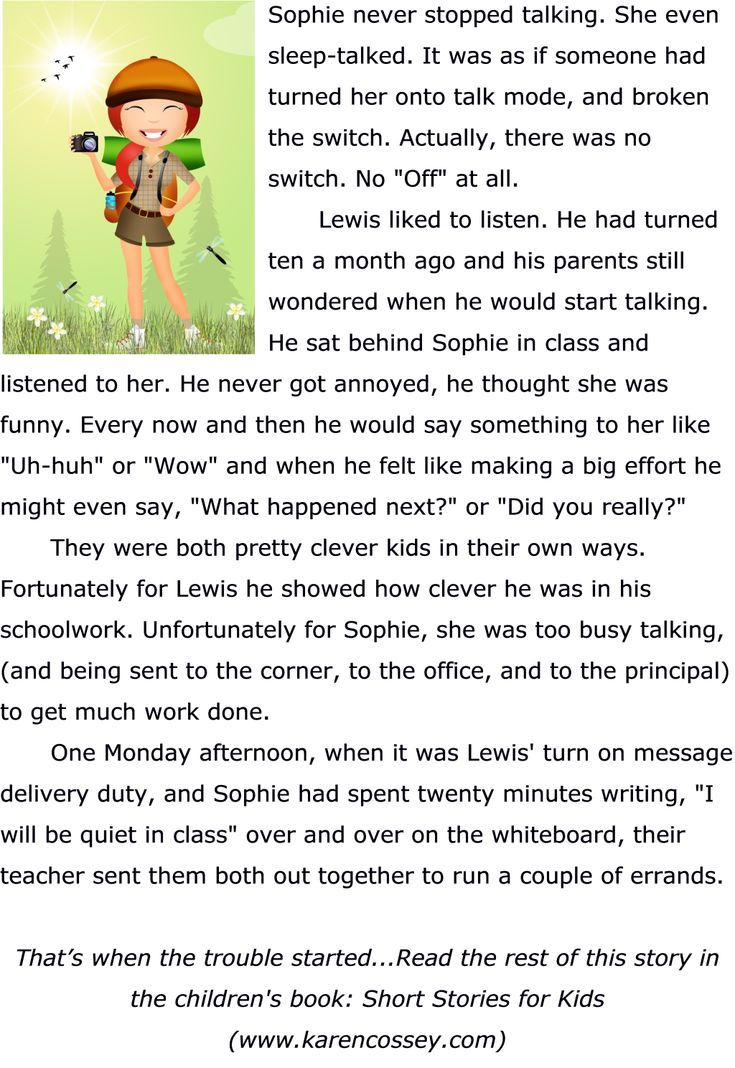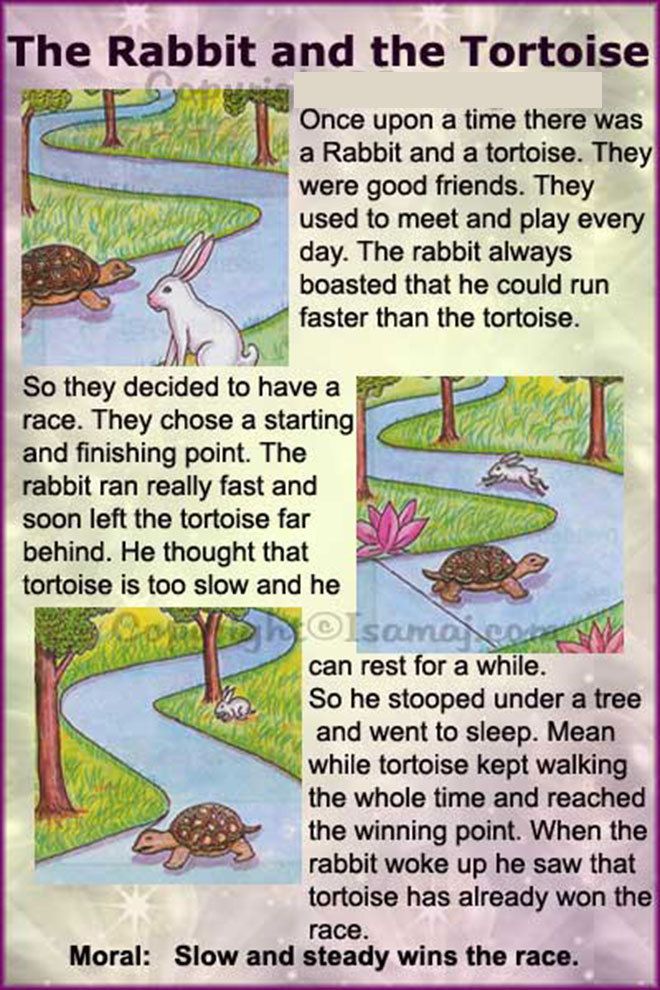What is shared reading
Shared Reading | Classroom Strategies
Shared Reading is an interactive reading experience that occurs when students join in or share the reading of a book or other text while guided and supported by a teacher. The teacher explicitly models the skills of proficient readers, including reading with fluency and expression. The shared reading model often uses oversized books (referred to as big books) with enlarged print and illustrations.
| When to use: | Before reading | During reading | After reading |
| How to use: | Individually | With small groups | Whole class setting |
More fluency strategies
Why use shared reading?
- It provides struggling readers with necessary support.
- Shared reading of predictable text can build sight word knowledge and reading fluency
- Allows students to enjoy materials that they may not be able to read on their own.
- Ensures that all students feel successful by providing support to the entire group.
How to use shared reading
- Introduce the story by discussing the title, cover, and author/illustrator. Ask the students to make predictions regarding what they think the story might be about.
- Read the story aloud to the students using appropriate inflection and tone. Pause and ask the students to make predictions. Ask brief questions to determine students' comprehension level.
- Conclude the reading by reserving time for reactions and comments. Ask questions about the story and relate the story to the students' similar experiences. Ask the children to retell the story in their own words.
- Re-read the story and/or allow time for independent reading.
- Conduct follow-up activities such as making crafts related to the story.
Chicka, Chicka, Boom, Boom: Shared Reading in Kindergarten
Give students with an opportunity to practice reading fluency and expression through a shared reading with the class.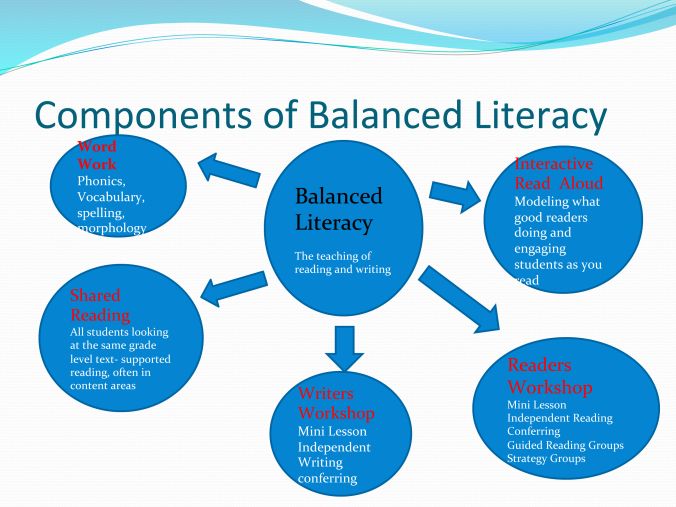 The teacher asks questions as she reads to help students stay engaged. See the lesson plan.
The teacher asks questions as she reads to help students stay engaged. See the lesson plan.
This video is published with permission from the Balanced Literacy Diet. See many more related how-to videos with lesson plans in the Reading Fluency and Expression section.
Collect resources
Language Arts
This site gives teachers some ideas for using shared reading with younger students and less skilled readers. See example >
Science
This site offers several examples of how activities related to learning about science topics can be centered around the shared reading strategy. Downloads of several different poems are provided. See example >
Social Studies
This site provides five examples of shared reading lessons based upon the book Map It! by Elspeth Leacock. See example >
See example >
Shared Reading Booklists
Differentiated instruction
For second language learners, students of varying reading skill, and for younger learners
- Teachers may wish to have Spanish copies of the shared reading books.
- Books can be kept in an area accessible to students for independent and familiar rereading by students.
- Ask students to write their own similar story using the same theme or sentence/language pattern of the book that has been shared.
- Teachers can use sentence strips and have students can retell or build the story by putting the strips in order.
- Have students write their predictions based upon what would happen next if the story were to continue.
Related resources
See the research that supports this strategy
Fountas, I. C., & Pinnell, G. S. (1996). Guided Reading, Good First Teaching for All Children. Portsmouth, NH: Heinemann
Children's books to use with this strategy
Weather: Poems for All Seasons
By: Lee Bennett Hopkins
Genre: Poetry
Age Level: 6-9
Reading Level: Independent Reader
Easier to read poems focus on weather and seasons.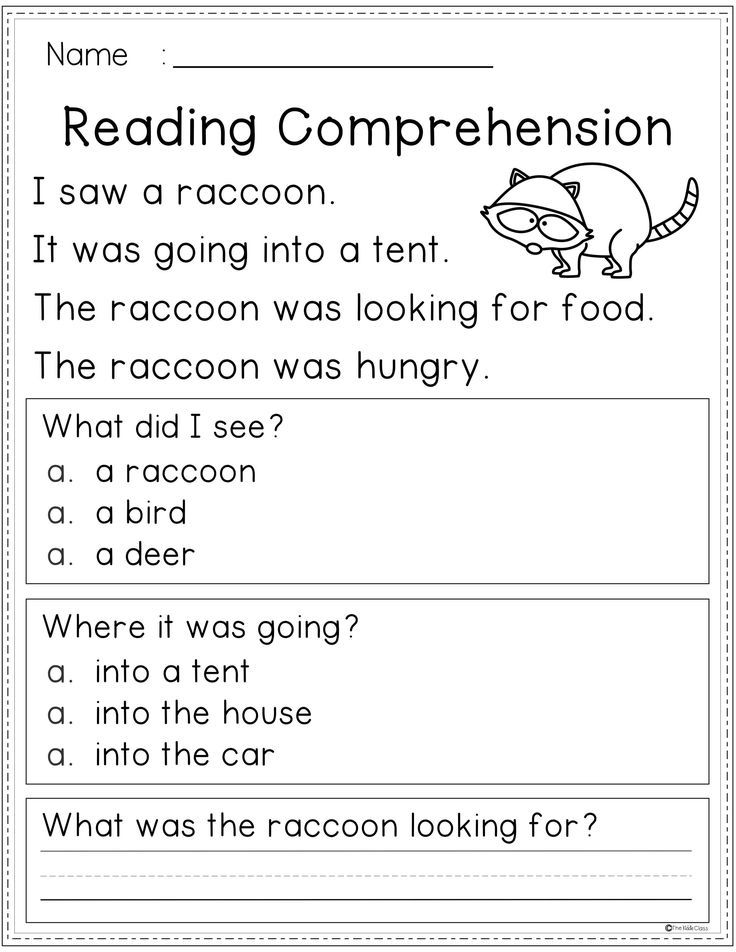
The Tree that Time Built: A Celebration of Nature, Science and Imagination
By: Mary Ann Hoberman
Genre: Poetry
Age Level: 6-9
Reading Level: Independent Reader
Clearly organized with lucid introductions to each section as well as for select poems, this handsome anthology includes a range of poems and poets for an evocative, informative, and often inspiring look at science and nature.
Honey I Love and Other Poems
By: Eloise Greenfield, Diane Dillon
Genre: Poetry, Fiction
Age Level: 6-9
Reading Level: Independent Reader
A collection of poetry conveys the joys of a young girl.
Emma's Yucky Brother
By: Jean Little, Jennifer Plecas
Genre: Fiction
Age Level: 6-9
Reading Level: Beginning Reader
Emma is thrilled that her family is adopting a 4-year old boy. She soon learns, though, that being an older sister isn’t what she thought it would be at all.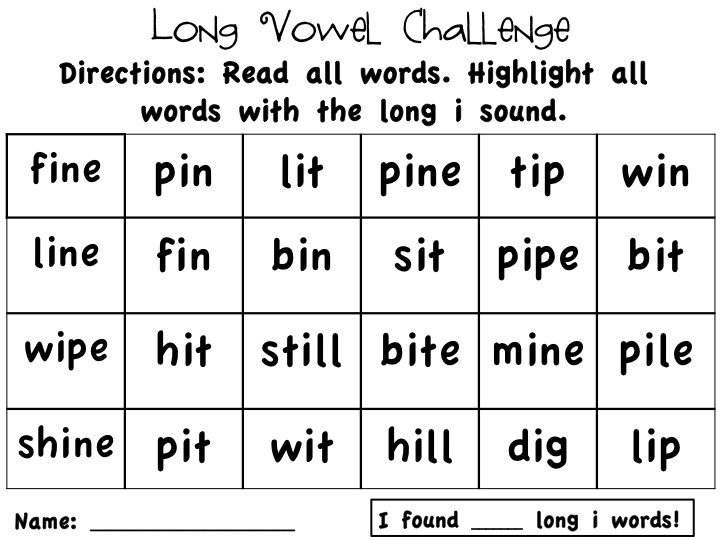 Gradually, Emma and Max start to feel like siblings as each child begins to adapt to their family's new configuration. Expressive, simply drawn illustrations extend the smooth text.
Gradually, Emma and Max start to feel like siblings as each child begins to adapt to their family's new configuration. Expressive, simply drawn illustrations extend the smooth text.
Comments
What is Shared Reading?
*Effective reading instruction involves a combination of powerful instructional settings. This post is the next in our "What is...?" series, where we define each instructional context that makes up a coherent literacy system.
What is shared reading?
During shared reading, you and your students read aloud an enlarged version of an engaging text that provides opportunities for your students to expand their reading competencies. The goals of the first reading are to ensure that students enjoy the text and think about the meaning. After the first reading, students take part in multiple, subsequent readings to notice more about the text. They discuss the text, and you select teaching points based on their needs.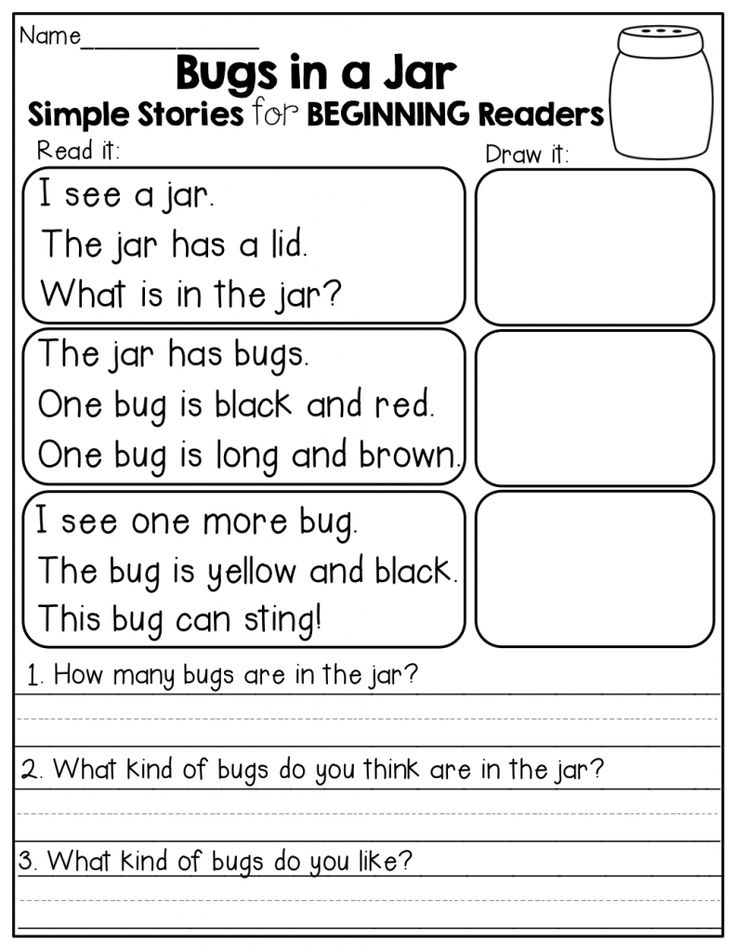
Why is shared reading important?
As an instructional context, shared reading:
- Provides enjoyable, successful experiences with print for all students
- Promotes the development of all aspects of the reading process
- Builds language skills and enhances vocabulary
- Provides opportunities to engage in expressive, meaningful, fluent reading
- Builds understanding of various types of texts, formats, and language structures
- Builds a community of readers
"Shared reading enables all children, regardless of their reading levels, to have enjoyable literacy opportunities every day." – Irene C. Fountas and Gay Su Pinnell
What does shared reading look like?
Students sit together as a whole group and, following your first reading, engage in an oral reading of a common text. They use their voices to interpret the meaning of a text as they read in unison with others. Alternatively, students are assigned parts to read.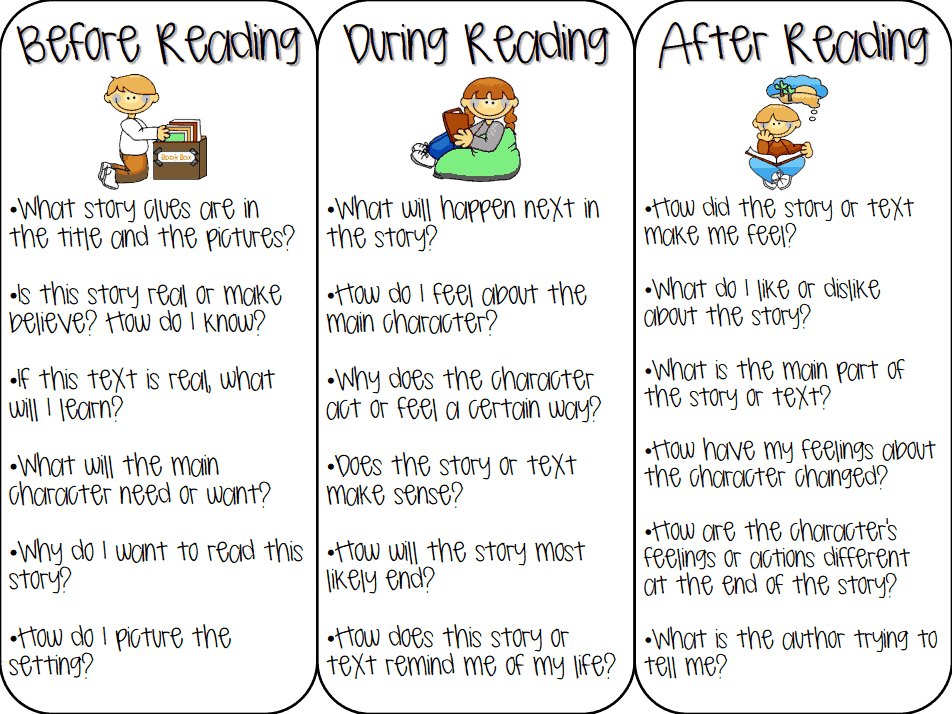
Structure of a shared reading lesson:
- Introduce the Text – Engage students' interest in the text with a few opening words.
- Model Reading of the Text – Read the text to students at a good pace with a focus on enjoyment and understanding. Have a brief discussion.
- Read the Text Together – Have students read the whole text or selected parts with you.
- Discuss the Text – Guide conversation about the meaning and language of the text, and invite students to share their thinking.
- Teaching Points – Select a specific part or parts of the text to revisit to make teaching points. This can be accomplished over a number of subsequent readings.
- Repeated Readings – Revisit the text again on subsequent days, making additional teaching points and supporting students in gaining independence in processing the text.
Shared reading is an enjoyable experience for your classroom community and an important opportunity for children to “step up together” into more challenging texts while also beginning to notice and acquire the processes they need to read texts independently.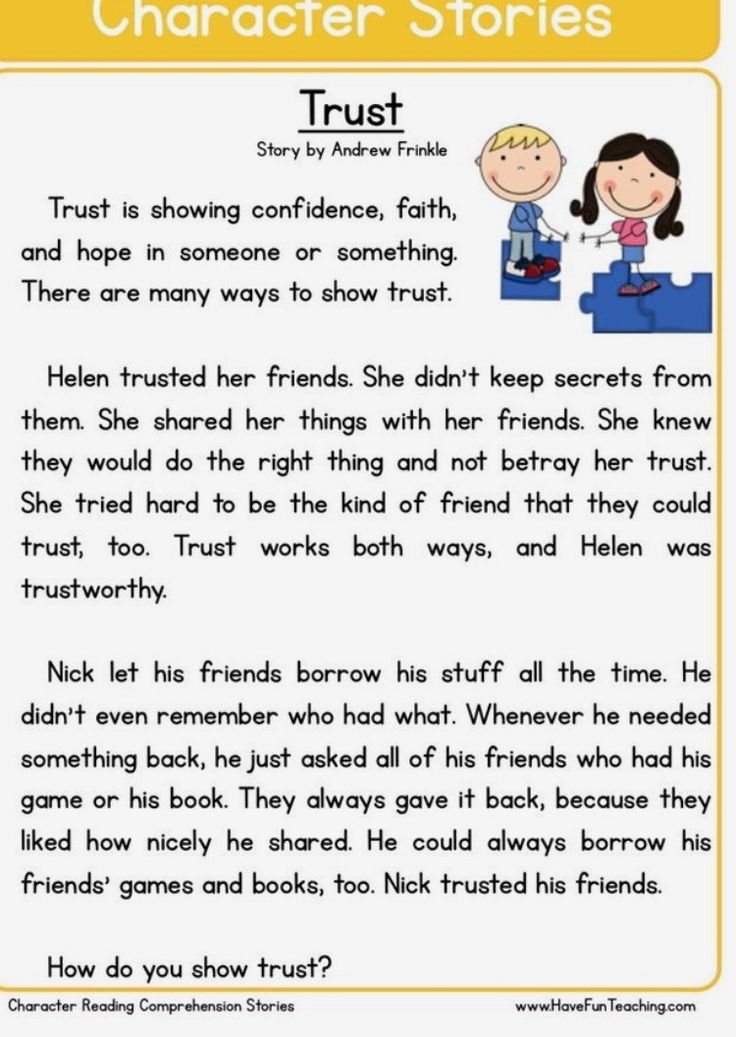
To learn more about the Fountas & Pinnell Classroom™ Shared Reading Collection, click the link below.
~The Fountas & Pinnell Literacy™ Team
Check out the entire "What is?" blog series:
- What is Guided Reading?
- What is Interactive Read-Aloud?
- What is Shared Reading?
- What are Reading Minilessons?
- What is Independent Reading?
- What are Book Clubs?
- What is Phonics, Spelling, and Word Study?
Topics: Fountas & Pinnell Classroom™, Shared Reading, Featured Posts, Home, What is Series
Reading together as a family tradition
How time spent reading with parents affects children, and what books to choose for different ages
Family reading helps to establish a strong emotional bond between a child and parents for life, promotes brain development and creates a favorable atmosphere in the family.
Optimal time for family reading
You can read with your child both during the day and in the evening, and you don't even have to do it at home - it all depends on the schedule and capabilities of the parents. But, as a rule, the best time to read with a child is in the evening. By this time, even the most restless children are no longer so active, so it is easiest to set the child up to read a book before bed.
If this activity turns into a family ritual, then the child himself will look forward to the hour when he can plunge into the world of fairy tales, poems, stories and adventures with mom or dad. And he will be upset if, for any reason, family reading breaks down. In addition, in the evening, it is easier for even the busiest parents to set aside time to spend it with their baby.
Reading together can become a good family tradition only if adults, parents, grandparents, want it. To do this, try to choose books that are also interesting to you.
Then the chances are higher that they will bring pleasure to the child. And thanks to family reading, adults themselves briefly return to their own childhood.
The child, in turn, spending time with his parents before going to bed with a good book feels secure and happy. In addition, in families where family reading is practiced, disagreements between family members are much less likely to develop into serious conflicts.
Family reading cannot be replaced by audio books
What is so magical about family reading? It's simple: in the process of reading books, parents teach the child to enter into the right relationship with the world, to listen and hear others. This means that when he grows up, it will be easier for him to cope with difficulties and find a way out of difficult situations.
During the day, the child receives a lot of information from a variety of sources. However, it is in the process of evening family reading that he purposefully listens, delves into what is being read to him.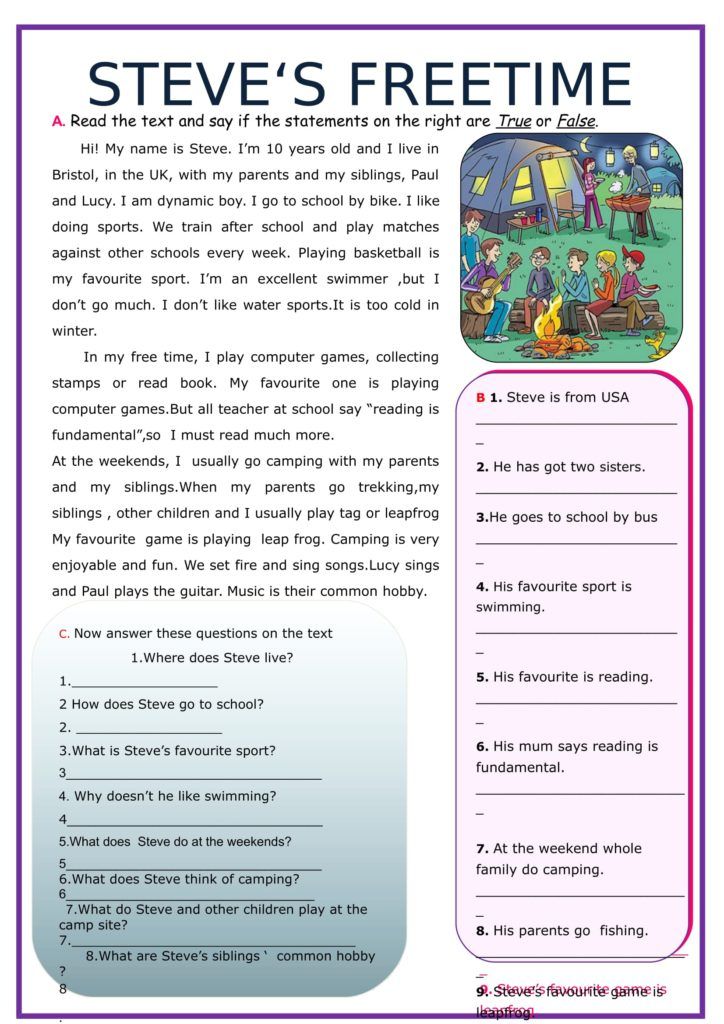 He has questions, doubts are born, he begins to think and put forward his own ideas. When reading is discussed with him, he learns to build a dialogue and consider different points of view.
He has questions, doubts are born, he begins to think and put forward his own ideas. When reading is discussed with him, he learns to build a dialogue and consider different points of view.
Many parents try to "kill two birds with one stone" and replace reading with audiobooks. Yes, the child hears a good staged text with the voices of the actors and musical accompaniment. But this text is impersonal for him, so it is impossible to call it family reading.
The child does not see the bearers of these voices, he cannot contact them to discuss what he has heard. While family reading is both a tactile experience and an opportunity to immediately receive feedback from a significant adult.
Often, modern parents have a negative attitude towards Russian folk tales - they say they are too scary. Of course, if you leave a child alone with an audio fairy tale about Baba Yaga, he will really easily get goosebumps.
However, when these tales existed, they were told in the family circle, and children learned to cope with fear and other negative feelings in a safe environment.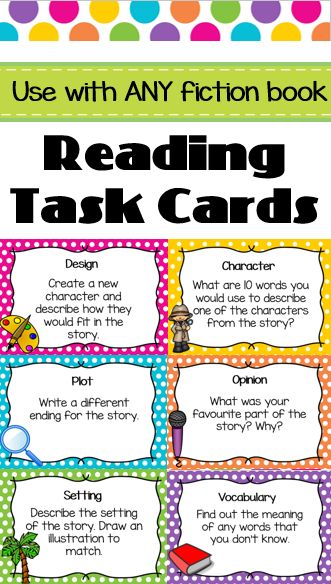 This means that when negative emotions and stress arose in real life, it was easier for children to cope with them.
This means that when negative emotions and stress arose in real life, it was easier for children to cope with them.
Until what age should children read books
Ideally, it is better to read books to a child regularly before the age of 12. Then, as a rule, the schedule of children changes, they need to start preparing for an independent life. After this age, family reading may remain a good family tradition, but it is up to high school that reading with a child is especially important.
Alas, quite often parents stop reading together as soon as the child learns to read on his own. They feel that they have fulfilled their task, and after 7-8 years, they see their role only in buying interesting books and making sure that the child reads them.
Parents of older preschoolers often make a big and sad mistake: they start forcing their child to read. And then family reading is quickly replaced by reading lessons. After all, school is soon, and adults feel an increased responsibility for the child's skills (or lack of them).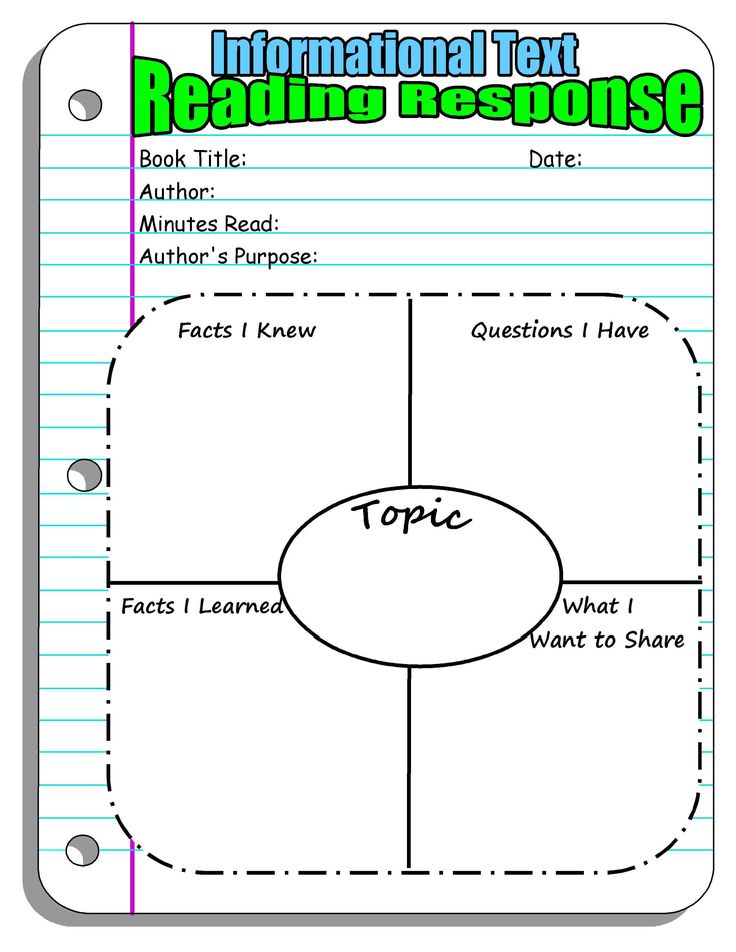
However, it is one thing to develop, together with the child, the skill of combining syllables into words, and sentences into texts. And quite another is joint reading. These are different tasks. For example, teaching children anything is more effective in the morning. And let the evening become a time that can be spent with pleasure.
When parents begin to mix these two functions, they can cause the child to reject books. Moreover, learning to read is given to everyone in different ways, and quite often this process is fraught with difficulties.
How and what to read with children of different ages
Infancy: from birth to one year
Lullabies are sung to the child, and when he is awake, they play with him, saying various nursery rhymes and pestles. Such poetry for the little ones harmonizes the world in sounds, rhymes and rhythms. This oral-poetic tradition is very strong, because songs and rhymes for the smallest are passed on from generation to generation in a more or less stable form.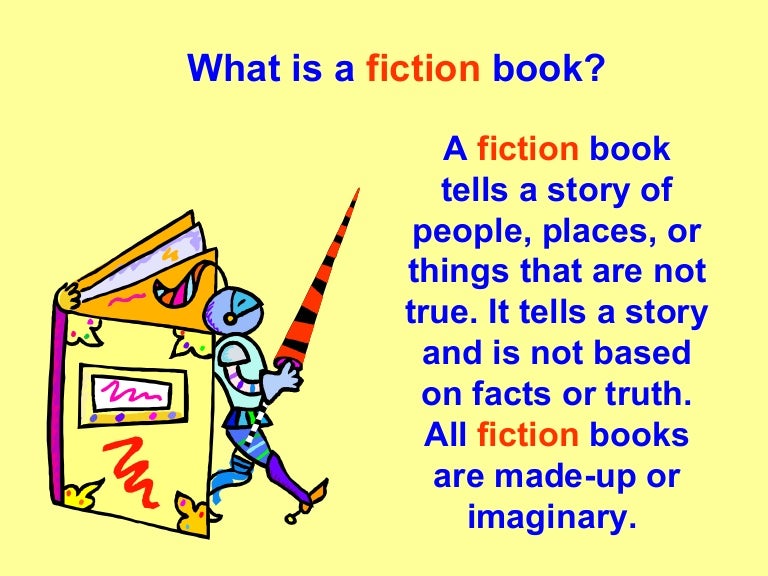
In addition to folklore, there is the author's, so-called maternal poetry. The authors of lullabies, washcloths, wake-up calls, spatulas, stomps and other rhymes also preserve elements of folklore in their work.
Children of this age play with the book itself, taste it and test its strength - you can call it part of the natural process of acquaintance with literature. Thus, the child gets used to the book, becomes attached to it as a source of joy. This is the first and very important step in teaching him to read.
What to read. Masha Rupasova - poetry; Book House of Anastasia Orlova - series "The Reader is Born"; Marina Boroditskaya - "Mom, here I am!"; Mikhail Lesnov - "Wonderful"; Nina Pikuleva "Mosquitoes"; Kristina Strelnikova - "Hedgehog".
Early childhood: 1–3 years
At this age, the book becomes even more attractive. The child's interest in rhythmic text - poems and songs is growing. Meanwhile, modeling the world under the eyes of a small child is not an easy task, because small children think in images.
Korney Chukovsky in his creative testament to children's writers advises: books aimed at young children should not be overloaded with epithets. He proceeded from the fact that babies are just getting acquainted with the objects of the world around them and do not have a very good idea of their properties.
The understanding of adjectives and epithets is based on an experience of observation and comparison that young children do not yet have. “Poems for children should be such,” wrote a children's classic, “so that you can sing, dance, shout, dance, play pranks under them!”
At this age, children also listen with pleasure to short stories and fairy tales, and are also crazy about the so-called Wimmelbuchs - books with a minimum of text and colorful illustrations with great detail. Toddlers like to come up with the text themselves, following the logic set out in the illustrations.
From the point of view of family reading, the meeting of a child and an adult over Wimmelbuch can be very valuable and useful.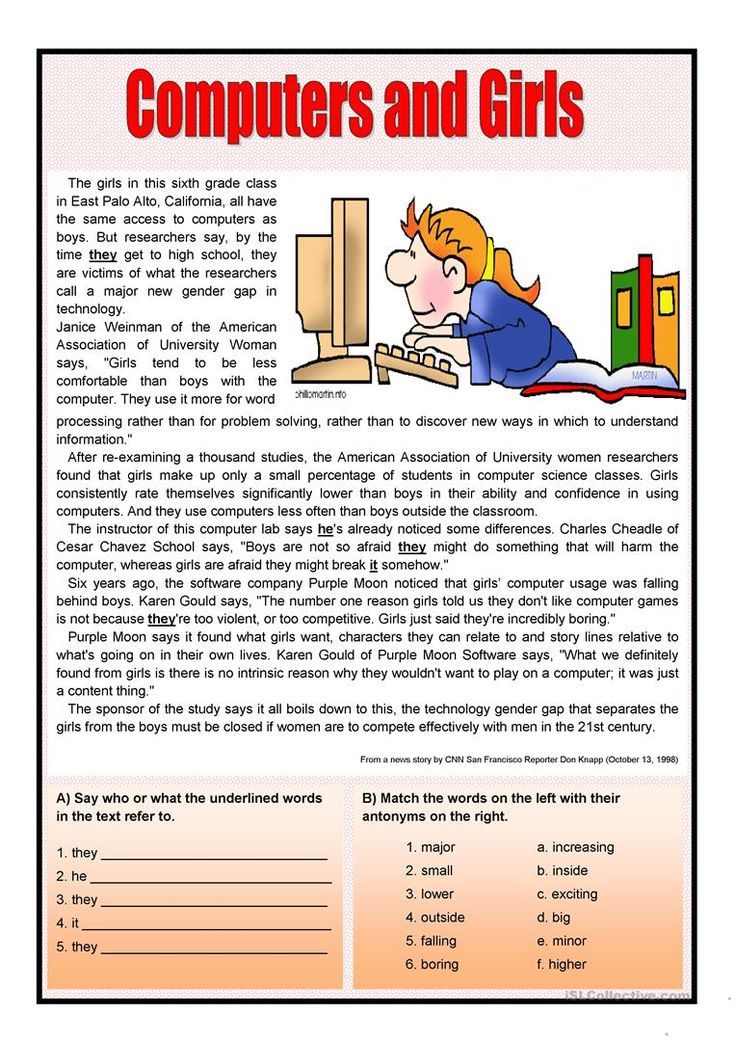 After all, both - both the parent and the child - at this moment imagine, invent something new. This joint creativity strengthens the emotional bond between the baby and parents.
After all, both - both the parent and the child - at this moment imagine, invent something new. This joint creativity strengthens the emotional bond between the baby and parents.
What to read. Many publishers have entire series of bedtime readings aimed at early ages. For example, a collection of works by contemporary authors "Sleepy Tales". Also, the “Sleep Book” by Anastasia Orlova or “I Love You Always and Forever” by Jonathan Emmett will set the child up for a good sleep.
Preschool: 3-7 years old
At this age, children love books with bright, memorable characters that are full of adventure, travel and discovery. Vocabulary grows rapidly in preschoolers, and reading together plays an important role in this process. They are ready to listen to the same favorite story many times. And each time the child plays the plot in his imagination differently, identifies himself with different characters.
In books for children of this age, the text becomes larger, it begins to acquire a meaning for the child that does not depend on illustrations.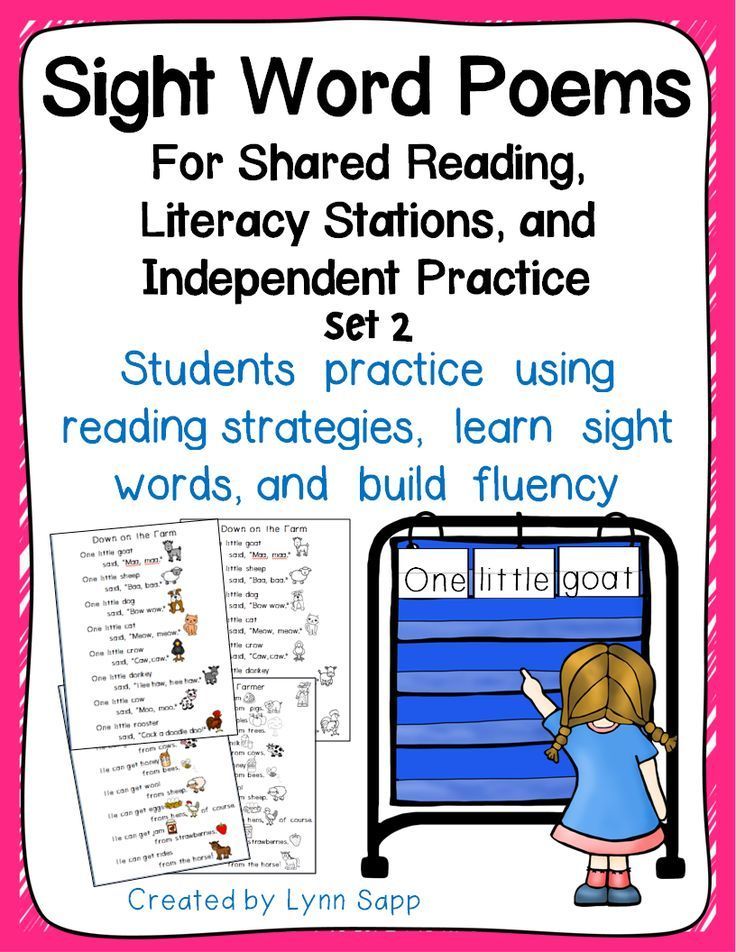 Of course, drawings continue to play an important role, but are no longer so necessary. The text becomes important on its own.
Of course, drawings continue to play an important role, but are no longer so necessary. The text becomes important on its own.
What to read. Literary fairy tales can become favorite books for children of this age. For example, "The Adventures of Butter Lisa" by Viktor Lunin, "The Secret Life of Vegetables" by Alena Vodopyanova, "Chocolate Grandpa" by Narine Abgaryan and Valentin Postnikov, "Podkovkin" by Elena Yaryshevskaya and others.
It is important to continue reading fiction books
Preschoolers are becoming more and more interested in learning. Parents, rejoicing at this, begin to buy books that develop memory, thinking, attention, cognitive children's non-fiction literature. Preschoolers also like books with stickers, tasks, and interactive content. There is also a lot of interesting literature published in this direction.
Since many new opportunities open up for the child, parents gradually begin to “deprive” him of poetry. This may be due, among other things, to the fact that at one time they themselves lost interest in poetry - for example, due to cramming at school.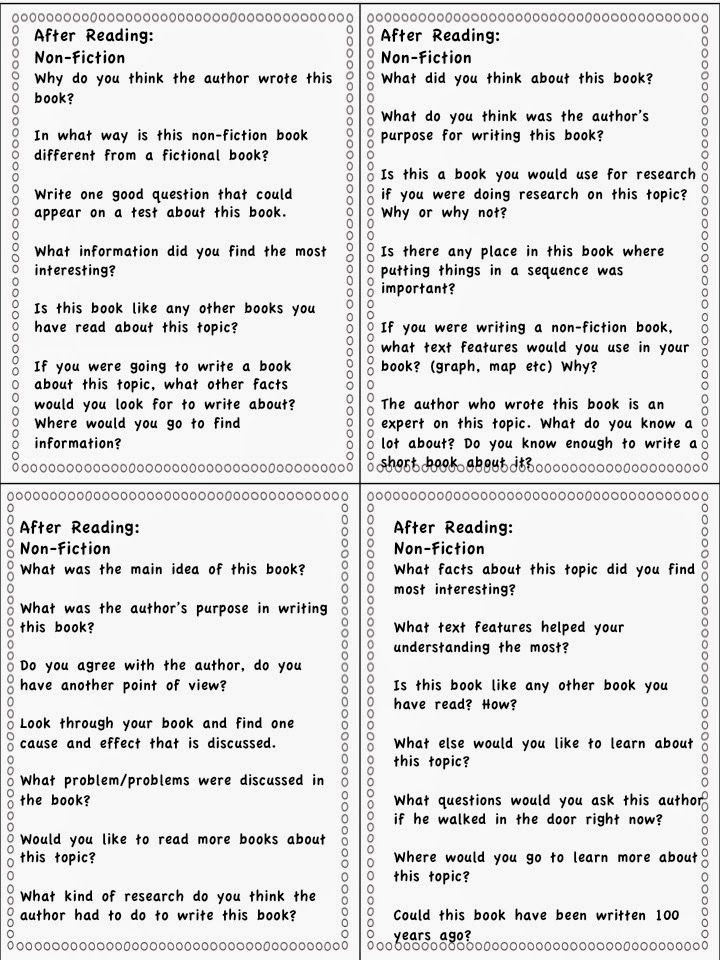
However, neuropsychologists warn: when a child hears, reads or recites poetry, new neural connections are intensively formed in his brain . Especially in areas that are responsible for speech, memory, creativity and voluntary attention. Therefore, by "removing" poetry and relying only on cognitive prose (which, of course, is also needed), parents deprive their children of additional opportunities for development.
Source:
Master class "Family Reading as a Formula for Happiness" as part of the III National Parent Forum, November 12, 2020
Photo: Collection/iStock
Why reading together makes couples stronger
13 February 2015 Life
On these pages, we have repeatedly tried to convince you of the benefits of reading. No one doubts that this activity has an exceptionally beneficial effect on mental activity, helps to broaden one's horizons, and allows one to develop one's imagination. However, the list of benefits of reading is far from limited. In this article, you will learn how reading can affect a couple's relationship. Especially if your soul mate does it with you.
In this article, you will learn how reading can affect a couple's relationship. Especially if your soul mate does it with you.
Share
0Reading together will give you food for discussion
One of the main reasons for the deterioration of relations between people living together for a long time is the gradual fading of interest in each other. All topics have been discussed for a long time, the news has been discussed, the cases have been agreed upon. There just aren't any topics to talk about.
And it is books that can give you a fresh idea, an unexpected discovery or an exciting story that is really interesting to talk about.
Books will help you get to know your partner better
You probably know that you can draw some conclusions about a person's character from a list of a person's favorite books. It is not for nothing that they say that the first thing you need to do while visiting is to unobtrusively explore the library, after which a lot about its owner will become clear.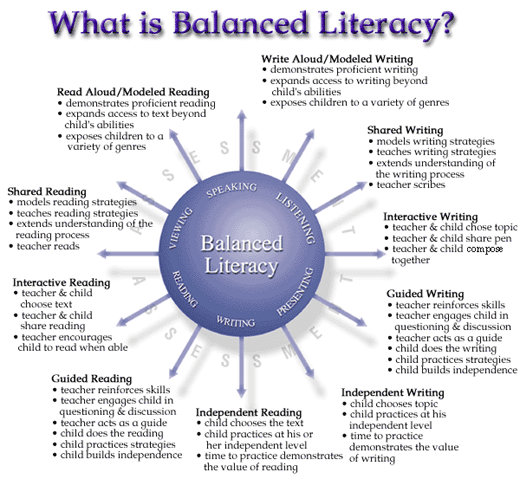
In this way, you can learn about the inner world of your chosen one even more than after many hours of intimate conversations. And in case of coincidence of tastes, this can serve as another strong link for your couple.
Reading distracts from screens
Today, one can see everywhere a picture when a young man and a girl on a date, instead of sighing, stroking and languid glances, stick to the screens of their gadgets and exchange messages on social networks or play computer games. Family evenings are held in approximately the same way for many already established couples.
Smartphones, tablets and laptops are the gravediggers of romantic and family relationships.
The book is the best replacement for electronic gadgets, which does not separate people, but on the contrary, brings them together.
Books excite the imagination, including the sexual one.
Books, I must tell you, are completely different.



